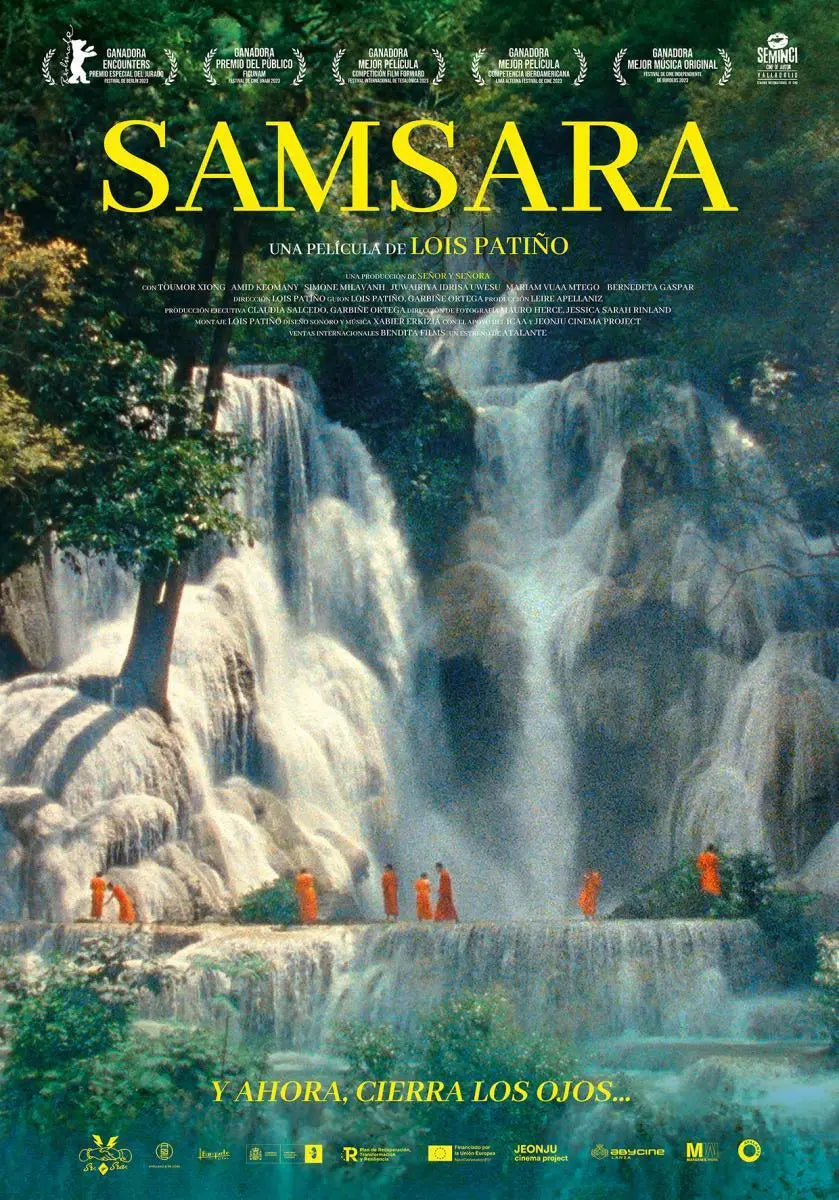
Award-winning film "Reincarnation" at the Berlin International Film Festival: Life is a Passing Guest.
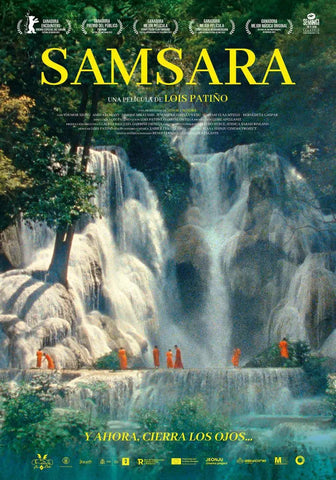
Director: Lois Patiño
The film won the Special Jury Prize at the 2023 Berlin Film Festival.
Journey of Dreams and Illusions
The ancient capital of northern Laos, Luang Prabang. A young man named Amid regularly rows to the home of an elderly woman named Mon, who is ill, to personally recite passages from the Bardo Thodol, also known as the Tibetan Book of the Dead, in order to guide Mon towards a peaceful and successful journey to the next life. Mon, who has a deep faith in Buddhism, does not want to get lost on her way to that world.
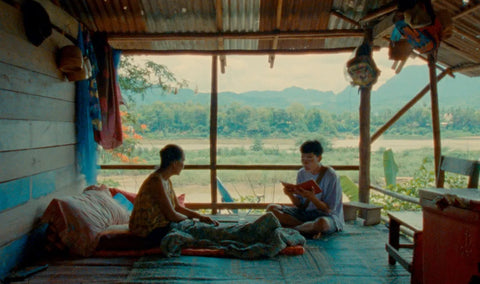
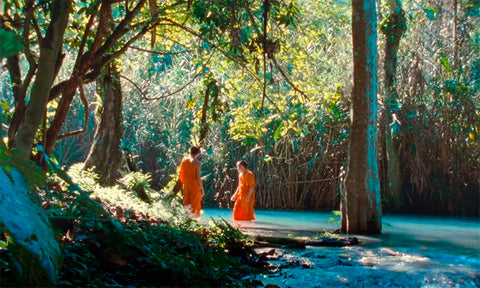
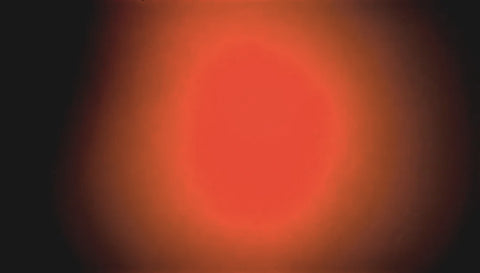
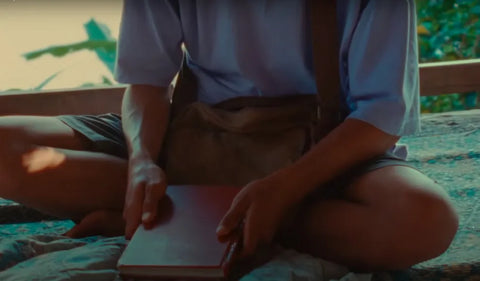

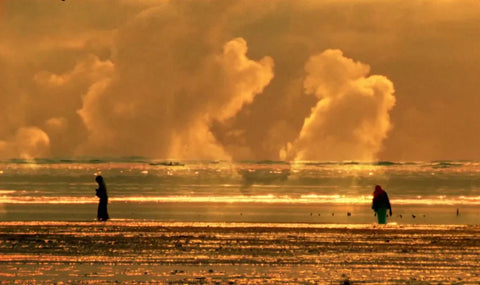
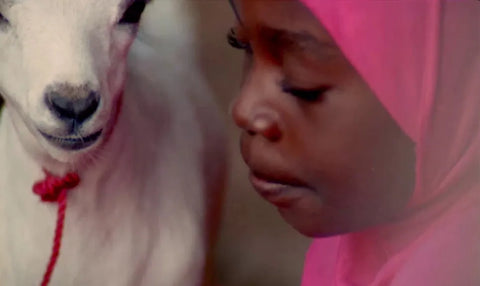
"Samsara" is a philosophical film that immerses viewers in a beautiful and dreamlike experience. For the first time, it explores the concept of reincarnation in Tibetan Buddhism in film form. Through a series of poetic and metaphorical images, dreams, and fragments of the subconscious, it creates a captivating and magical journey that sheds light on and reveals the unique views on life and death in Buddhist tradition.
A movie to watch with your eyes closed
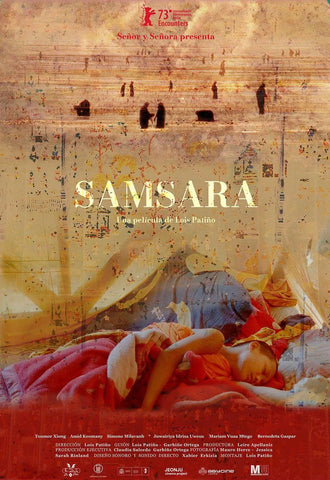
It was a sea I had never seen before
There I turned into a red sea star..."
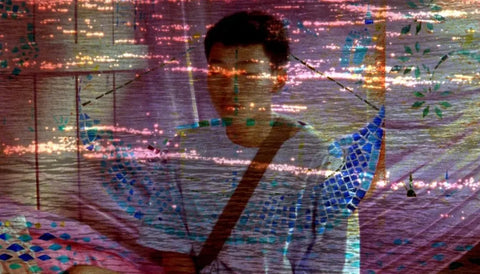
In fact, even before the film "Samsara", Patiño had already made some immature explorations and expressions on these issues. It was not until "Samsara" that his reflections on these questions began to mature. Regarding his creative attempts, Patiño said that he has always been researching and truly wants to create a film that can lead and inspire people, prompting deep reflection. He aims to further explore meditation and introspective experiences in Buddhism through the form of film, which creates illusions through light and shadow. He wants to present concepts that are invisible from a physical standpoint through film. Perhaps, it is akin to the psychological truths discussed in Jungian theory.
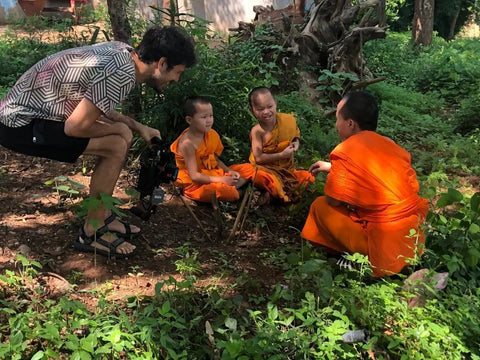
"The Intermediate State: Teachings on Liberation"
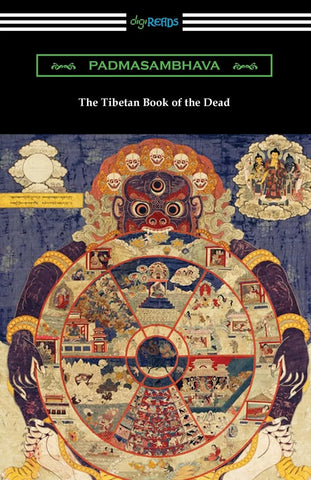
"The Tibetan Book of the Dead: The Great Liberation through Hearing in the Bardo" translated by American anthropologist and writer Walter Evans-Wentz in 1927.
First published in the West, this text explores the Tibetan Buddhist teachings on the intermediate state between death and rebirth known as the Bardo.
In order to better understand the movie "Departures", we have to mention a book called "Bardo Thodrol". This book is a very important classic in Tibetan Buddhist tradition, believed to have been written by Padmasambhava in the 8th century and discovered by Karma Gling-pa in the 14th century. The book primarily describes the transitional period between the end of the old life and the beginning of a new life, providing profound care and guidance to those who are about to leave this world from a spiritual perspective. (In the film, the young man Amida recites this book to the dying Ame, with the intention of helping Ame achieve enlightenment through listening.)

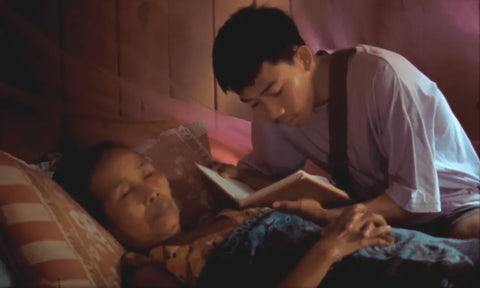
This classic text holds significant importance for a profound understanding of the Tibetan Buddhist view on life and death, filled with deep philosophy and wisdom. Since the 1920s, when it was translated into multiple languages in the West, "The Tibetan Book of the Dead" has also had a tremendous impact on many modern psychologists and spiritual guides in their studies and practices of death and end-of-life care. One of the famous Swiss psychoanalysts and psychologists, Carl Gustav Jung, was among those influenced. He believed that this book contains the "essence of a critical Buddhist psychology."
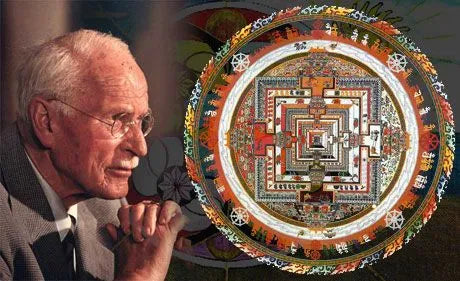
Experimental Art and Cycle of Reincarnation
For an unknown experience, we can only understand and approach it through imagination or subconscious activities like dreams. When it comes to a specific film, as a necessary part of storytelling, to vividly and realistically portray this abstract process, sound and lighting are excellent means of expression.
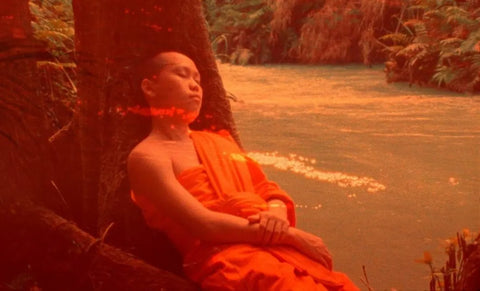
When we enter the dream
There are still some stories to listen to..."
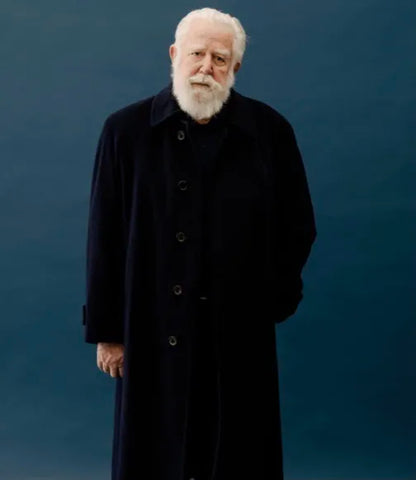
Turrell's work has always been dedicated to exploring how audiences perceive light, turning light into an art form by changing the viewer's experience. Through direct interaction with light and space during the viewing process, people are encouraged to reflect on the limitations and wonders of human perception. At times, it is like experiencing a meditative journey.

This machine was an art invention completed by the avant-garde artist Brion Gysin and electronic technology expert Ian Sommerville in the 1960s.

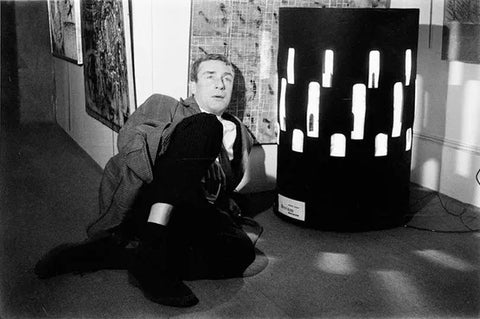
Photography: Harold Chapman
The Dream Machine is designed to stimulate brain activity and induce changes in one's state of consciousness. Shaped like a rotating cylinder, it features geometric patterns and flashing lights. When people gaze at the spinning Dream Machine, the light passing through the slits creates a hypnotic visual effect, leading to a sensation of dizziness and joy.
This unique sensory experience has been used by many artists and writers to explore the boundaries of perception and creativity. It is considered an interactive artwork that immerses the audience in a dreamlike world, uncovering new dimensions of reality.
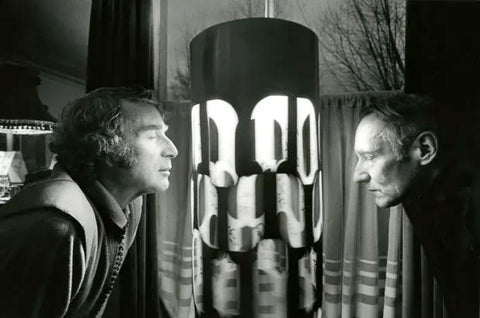
Image: udel.edu
Xabier Erkizia has always been dedicated to exploring the art of expressing abstract concepts through sound. The music composition in this film is a result of his stylized and innovative editing of sound materials collected from around the world, creating a surreal atmosphere that blurs the line between reality and fantasy. In the end, the sound forms a dreamlike corridor connecting the past, present, and future.
Nurture a heart of kindness, speak words that benefit friends.
Many dialogue sections in the film, like poetry, create a dreamy and mysterious atmosphere with the gentle and soft language style of Southeast Asia. The concise sentences contain ancient and profound wisdom and philosophy, making people think deeply.
For example, before Ah Meng passes away, she expresses her wish to Amid, hoping to become an animal in the next life. She says, "Many people think this is just a punishment, but it is only because, people have treated animals too cruelly during their lifetime."

For example, Bien teaches Amide how to look at a tree. Bien says, "Look at it, imagine experiencing its life. Look at it and try to understand it, put yourself in its position and contemplate its concerns." Amide says, "I feel like the tree is looking at me," Bien says, "It has been looking at you all along, you just haven't realized it."
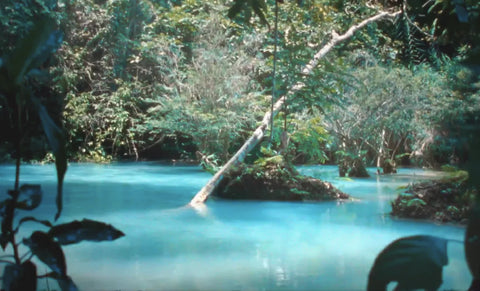
In Bein's concept, there is no difference between a tree and a person; we all belong to the natural existence. It is necessary to remove the discriminating mind and view everything as one. Moreover, there is nothing in the universe that exists in isolation; everything exists in mutual dependence. People need to truly experience the law of cause and effect in this interconnection.
The girl's mother explains to her what impermanence is, saying, "Life is change. Every dawn brings new changes to life." She understands that impermanence is constant, and she can naturally accept everything that happens and be prepared for every moment of change.
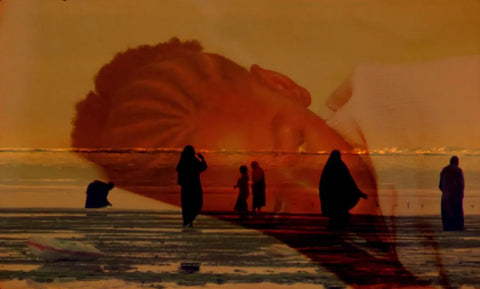
Life is temporary guest.
As a core doctrine in Tibetan Buddhism, "reincarnation" directly points to the nature of life, where sentient beings continuously cycle through birth and death like a wheel, with only practice being the path to liberation. There are many related folk songs and sayings in Tibet, through which people express and entrust their inner beliefs. For example, "life and death are like a wheel, with karma continuing endlessly," "life is like flowing water, spanning past lives and future generations without ceasing," "all sentient beings have Buddha nature, and reincarnation is due to ignorance," "the barley that grows in the fields returns to the soil after being blown and hit by the wind and rain. In this way, life after death will be reborn."
In people's minds, a lifetime is just a temporary stay, a passing visitor, a process, while the soul's long journey will continue. Each journey has its corresponding causes and conditions waiting quietly. In this life, only by doing good, accumulating merit, and sowing good causes can one bear good fruits in the next life.

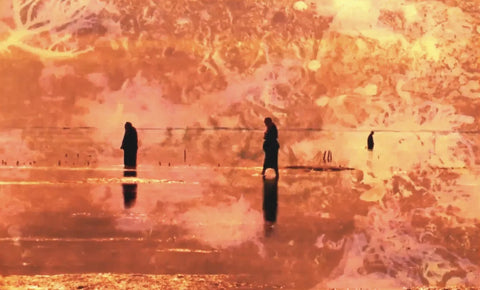


Stills from Film and TV Shows
I once read a story about an elderly widower who suffered from a cough and raised a flock of sheep. The lost sheep died of hunger under a large tree, becoming fertilizer for the towering tree; the tree was then cut down after a village ceremony and turned into charcoal; the charcoal was then delivered to the homes in the village to provide heat for the people. Through four transformations, the circle of life was completed in silence.
In this perspective, life and death are never opposites, and death is not an end, but a stage in the continuous cycle of life. By objectively confronting death, one may truly understand what it means to live.
Paterno's work guides us to contemplate the process of death, while also offering valuable insight on how to live.


